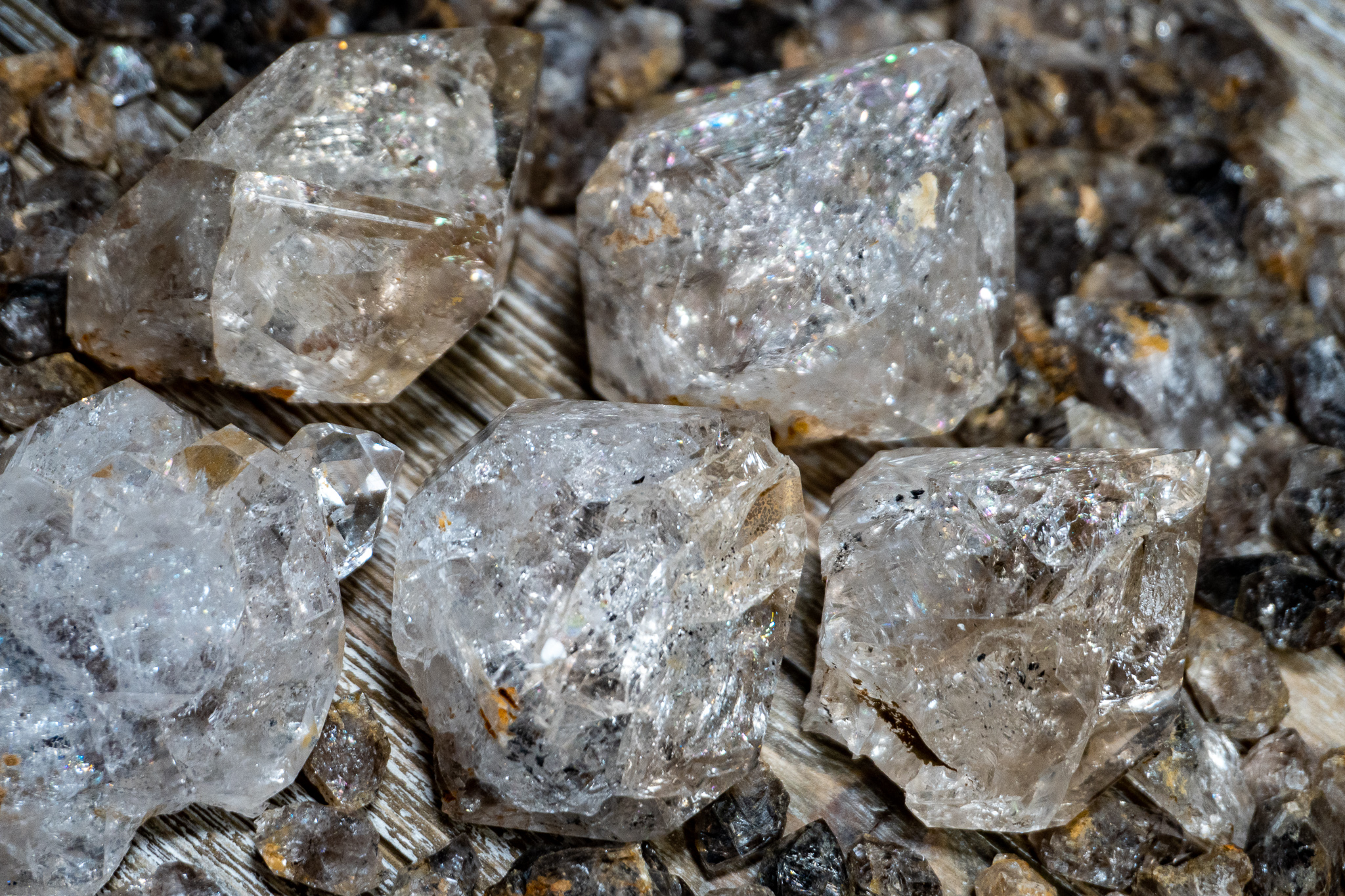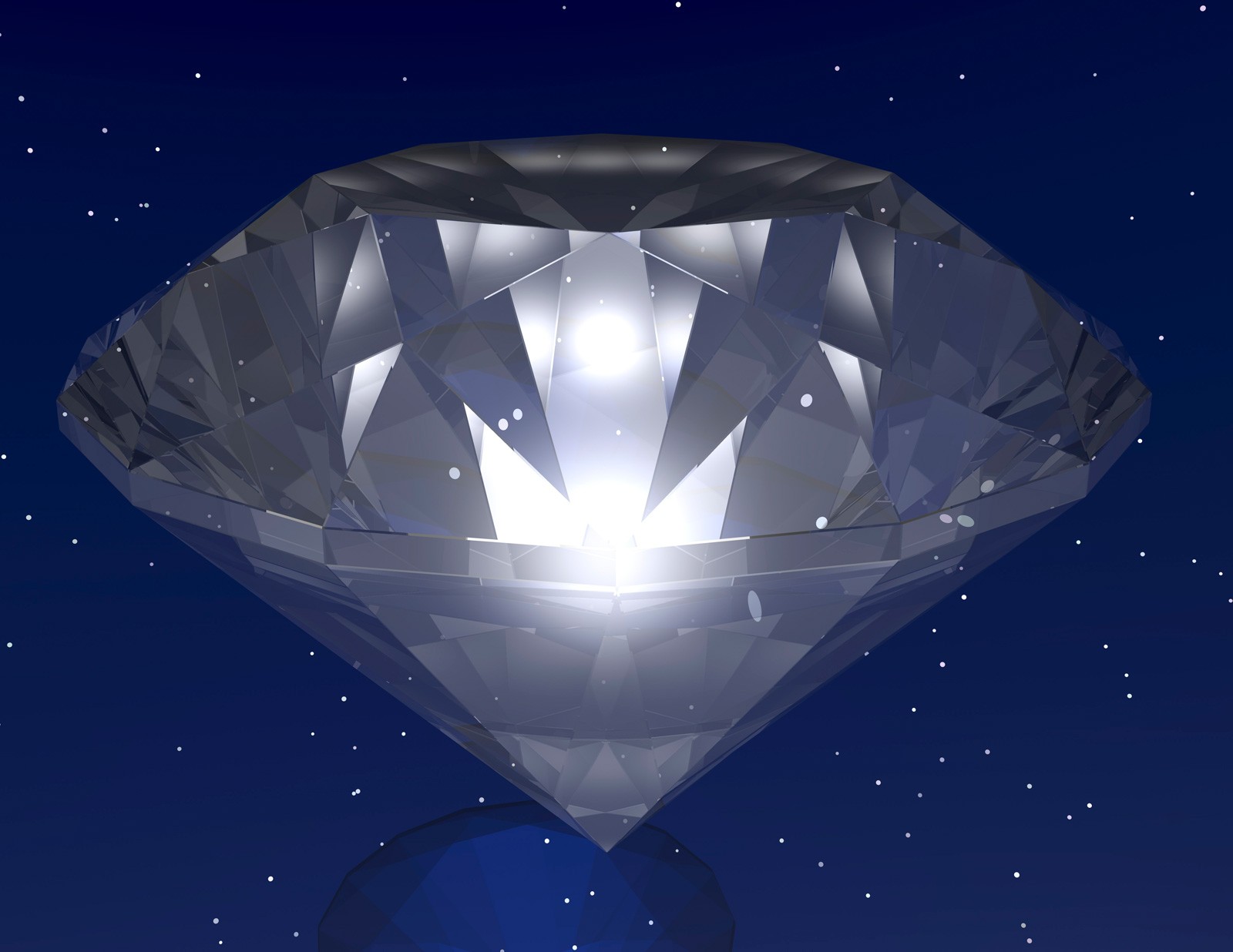Diamond Symbolism: Diamond Meaning

Diamond meaning – Throughout history and across different cultures, diamonds have been imbued with profound symbolic meanings. These precious stones have played a significant role in religious traditions, folklore, and mythology, representing a myriad of virtues and emotions.
In the language of gems, a diamond signifies purity and invincibility. It is said that diamonds can only be cut by other diamonds, just as a channel can only be carved by a skilled artisan. The diamond’s brilliance and resilience mirror the power of love and the eternity of commitment, making it a symbol of enduring affection.
Religious Traditions
In many religions, diamonds have been associated with purity, divinity, and spiritual enlightenment. In Hinduism, diamonds are believed to be the tears of Lord Shiva, representing the sacred union of male and female energies. In Christianity, diamonds symbolize the unbreakable bond between God and his followers, often used to adorn religious artifacts and symbolize the eternal nature of faith.
In the world of precious stones, diamonds stand as a symbol of purity and strength, their brilliance illuminating the darkness of the human soul. Yet, in the realm of chance and fortune, their allure takes on a different form. Like the flashing lights of a slot machine , diamonds represent the promise of instant gratification, a momentary rush of excitement that can leave one yearning for more.
But just as the reels of a slot machine spin relentlessly, so too can the pursuit of wealth and pleasure become an endless cycle, leaving behind only the remnants of a dream.
Folklore and Mythology
In folklore and mythology, diamonds have been attributed with magical properties. In ancient Greek legends, diamonds were believed to possess the power to ward off evil spirits and protect the wearer from harm. In some cultures, diamonds were thought to grant the bearer wisdom, clarity, and the ability to foresee the future.
Diamonds, with their brilliance and enduring allure, embody the aspirations of many. But like the double-edged sword meaning , their pursuit can be fraught with peril. For in the relentless chase for perfection, the purity of the diamond’s essence may be compromised, tarnishing its inherent beauty.
Emotional and Psychological Associations
Beyond their religious and mythical significance, diamonds have also become synonymous with love, commitment, and purity. The tradition of exchanging diamond engagement rings originated in the 15th century, symbolizing the unbreakable bond between two individuals. Diamonds are often associated with eternal love, fidelity, and the promise of a lasting union.
In the labyrinth of symbolism, diamonds gleam as emblems of purity and strength, their brilliance cutting through the darkness. Yet, as we delve deeper into the tapestry of meanings, we find threads that connect to the humble olive. In the olive definition , we discover its ancient association with peace and wisdom, its oil a symbol of healing and nourishment.
Like the diamond, the olive speaks of resilience, offering solace and sustenance in the face of adversity. Together, they weave a poignant tale of the interplay between fragility and fortitude, reminding us that even in the most precious of gems, there lies a hidden strength.
Diamond Properties and Characteristics

Diamonds, renowned for their captivating brilliance and enduring allure, possess an array of exceptional physical and chemical properties that set them apart from all other gemstones. Their extraordinary hardness, unmatched brilliance, and remarkable thermal conductivity render them both coveted adornments and invaluable industrial tools.
Physical Properties
- Hardness: Diamonds are the hardest known natural material, earning a perfect score of 10 on the Mohs scale of mineral hardness. This exceptional durability makes them highly resistant to scratching and abrasion, ensuring their enduring beauty and longevity.
- Brilliance: The unique optical properties of diamonds allow them to reflect and refract light with unmatched brilliance. Their high refractive index causes light to bend significantly as it enters the stone, creating the dazzling fire and sparkle that has captivated humans for centuries.
- Thermal Conductivity: Diamonds possess the highest thermal conductivity of any known material, allowing them to conduct heat with remarkable efficiency. This property makes them ideal for industrial applications where heat dissipation is crucial, such as in high-performance electronics and cutting tools.
Diamond Cuts, Shapes, and Sizes, Diamond meaning
Diamonds are meticulously cut and shaped to enhance their brilliance and beauty. The most popular diamond cut is the round brilliant cut, which features 58 facets that maximize light reflection and create a dazzling display of fire and sparkle. Other popular cuts include the princess cut, emerald cut, and pear cut, each with its own unique characteristics and appeal.
Diamonds are available in a wide range of shapes and sizes, from tiny melee diamonds weighing less than a carat to large, impressive stones that can weigh several carats. The size and shape of a diamond can significantly impact its value, with larger and more symmetrical stones commanding higher prices.
Geological Formation
Diamonds are formed under extreme conditions deep within the Earth’s mantle, where carbon atoms are subjected to intense heat and pressure. Over billions of years, these carbon atoms crystallize into the diamond’s characteristic octahedral shape. The geological processes involved in diamond formation have a profound impact on the stone’s quality and rarity.
Diamonds that form closer to the Earth’s surface are more likely to contain inclusions and imperfections, while those that form deeper within the mantle are typically more pure and flawless. The presence of impurities and inclusions can affect the diamond’s clarity and value.
Diamond Industry and Market

The diamond industry has a long and complex history, dating back to the discovery of diamonds in India over 2,500 years ago. Today, the global diamond industry is a multi-billion dollar enterprise, with major players such as De Beers, Rio Tinto, and Alrosa. The industry is highly structured, with a small number of companies controlling the majority of the world’s diamond supply.
Diamond Prices
The price of a diamond is determined by a number of factors, including its carat weight, color, clarity, and cut. Carat weight is the most important factor, with larger diamonds being more valuable than smaller ones. Color is also important, with colorless diamonds being the most valuable. Clarity refers to the number of inclusions (imperfections) in a diamond, with fewer inclusions being more valuable. Cut refers to the way a diamond has been cut and polished, with well-cut diamonds being more valuable than poorly cut ones.
Ethical and Environmental Considerations
The diamond industry has been plagued by ethical and environmental concerns in recent years. The Kimberley Process, a certification scheme designed to prevent conflict diamonds from entering the legitimate market, has been criticized for being ineffective. There are also concerns about the environmental impact of diamond mining, which can damage the land and pollute the water supply.
Sustainability Initiatives
In response to these concerns, the diamond industry has launched a number of sustainability initiatives. These initiatives include the Responsible Jewellery Council (RJC), which sets standards for ethical and environmentally responsible diamond mining and trade. The industry is also working to develop new technologies that will reduce the environmental impact of diamond mining.